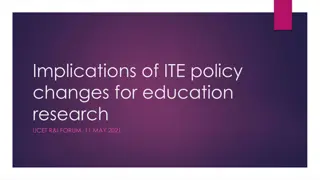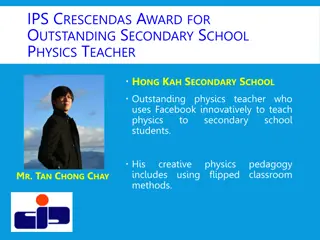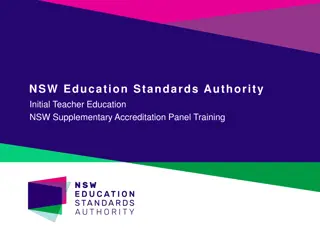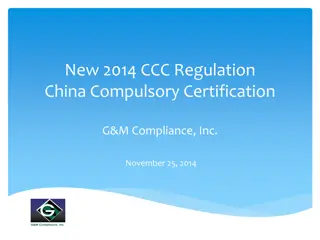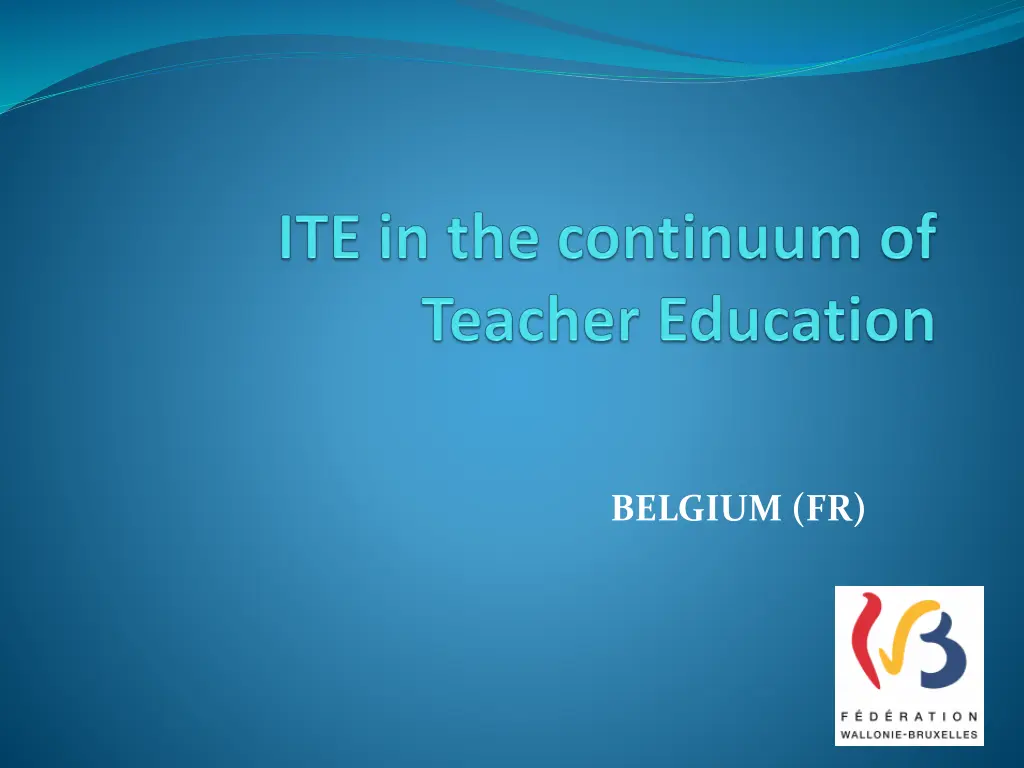
Education System in Belgium - Training, Policy, and Challenges
Explore the education system in Belgium focusing on training programs for teachers, common institutional practices, policy challenges, successful initiatives, and areas for improvement. Discover the current policies, educational networks, and actions supporting teacher development and academic success.
Download Presentation

Please find below an Image/Link to download the presentation.
The content on the website is provided AS IS for your information and personal use only. It may not be sold, licensed, or shared on other websites without obtaining consent from the author. If you encounter any issues during the download, it is possible that the publisher has removed the file from their server.
You are allowed to download the files provided on this website for personal or commercial use, subject to the condition that they are used lawfully. All files are the property of their respective owners.
The content on the website is provided AS IS for your information and personal use only. It may not be sold, licensed, or shared on other websites without obtaining consent from the author.
E N D
Presentation Transcript
I Teaching certificate for High school teachers (CAPAES) Teaching certificate for secondary school teachers T E (CAP) Teaching certificate for secondary school teachers (AESS) Master Master . Bachelor Professional bachelor ISCED 0 -1 -2 teachers. University High School /ISAE CESS Professional General Technical Artistic Professional secondary degree
Common official intitution Schools F u r t h e r C P D t r a i n i n g advancement ? xouy ? xouy COMPULSORY 6 HALF DAYS NON COMPULSORY
Current policy and practice Common Educational networks Institutions Teachers from the entire French Community the 5 specific school networks the institution Provindersof CPD Determination of the programmes IFC CAF FELSI CECP CEPONS SEGEC the organizing authorityof the educational network with the agreement of the Steering Committee + approval by the Government idem + others Steering Committee according to governmental priorities The schoolhead and the educational team 6 half- days/year 2 half-days Suspended courses 2 half-days Suspended courses
Actions that establish and support links Integrate New contents Exchanges Reflective practices Qualitative improvement? Academic success? Team cohesion ? Pedagogical continuityof the steps? Advice Accompanying CPD Evaluate
Successful initiatives Combinaison initial training (HS)/ CPD (Schools)/ research action (University) about interactive approach Teacher training to disseminate information The project takeoff relay D col ge to prevent repeating (ex. Dyslexia - NTICE)
Areas for improvement Limited collective trainings: unmet needs Difficulty of replacing teachers in training Articulate training at the different levels - primary / secondary - ordinary / specific - ITE /CPD Closercollaboration of the 3 Ministers
Policy challenges Focus more the training on aspects of teaching and support for pupils Train the trainers Place training in duration and continuity.
Orientation note approved by the government (June 2013 ) 1/ reinforce ITE 2/ redefinition of the programmes 3/ new organization of ITE : different possibilities in a modular system
- centralization of ITE around 6 main curriculum areas: 1) subject knowledge (120 - 210 ECTS) 2) communication skills (10-20 ECTS) 3) didactical and pedagogical knowledge (20-40 ECTS) 4) practical training through practice (extended one) (20-60 ECTS) 5) social sciences (20-40 ECTS) 6) skills in educational research (20-40 ECTS) - 4 professional orientations according to school levels with the notion of overlapping: 1) from pre-primary education to the 2nd year of primary education); 2) from the 3rd year of pre-primary education to the 6th year of primary education); 3) from the 5th year of primary education to the 3rd year of secondary education; 4) from the 3rd year of secondary education to the 7th year of it.



